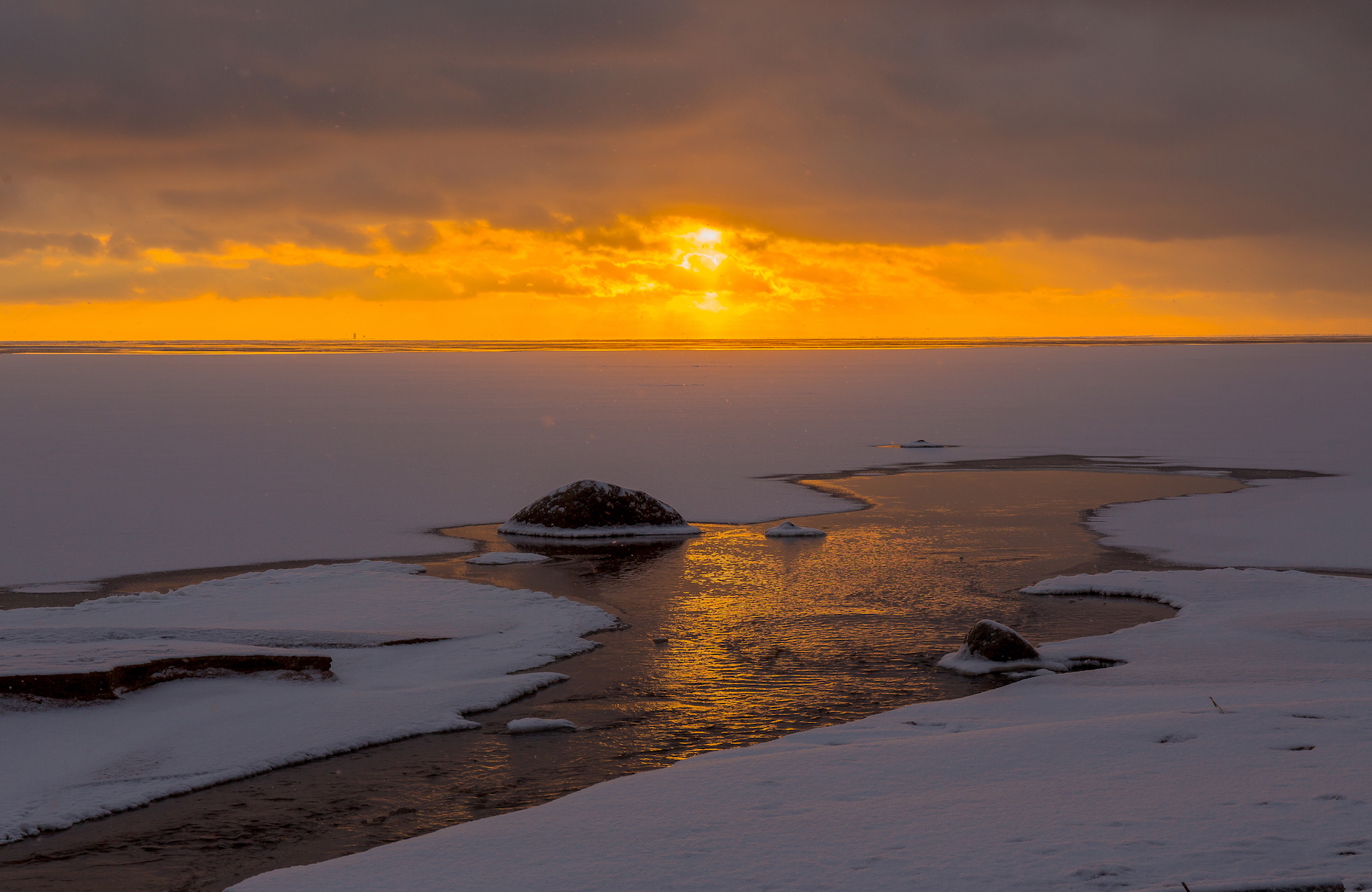
Openings in sea ice can impact climate across the globe
Polynyas are openings in sea ice that can act as vents to release stored heat, and play a significant role in global climate, according to a new study.
The study was conducted by researchers from the University of Pennsylvania, Spain’s Institute of Marine Sciences and Johns Hopkins University.
In 1974, a 250,000 square kilometer polynya was recorded in the Weddell Sea. The team used global climate models to create simulations of how the Earth’s climate was affected by the seemingly innocuous polynya.
The results revealed that polynyas act as vents through which the escaping heat makes its way into the atmosphere, which, in turn, alters temperatures, wind patterns, and precipitation in the tropics.
It was only recently that scientists realized climate conditions were so affected by the Southern Ocean.
“Climate models suggest that, in years and decades with a large polynya, the entire atmosphere warms globally, and we see changes in the winds in the Southern Hemisphere and a southward shift in the equatorial rain belt. This is attributable to the polynya,” said Irina Marinov, co-author of the study and assistant professor in Penn’s Department of Earth and Environmental Science.
The lack of polynyas since the 1970s has created somewhat of a “climate hiatus,” according to the researchers.
“During this hiatus period abnormal amounts of heat were stored in the subsurface ocean waters,” said Marinov.
Because the temperatures have been rising without any proper ventilation, the researchers point to the increase in precipitation and shifting and changing winds.
“We are seeing a decrease in what we call the Southern Hemisphere westerlies and changes in trade wind, and these winds affect storms, precipitation, and clouds,” said Marinov.
Marinov’s team used climate models to show how global climates would be affected by the lack of polynyas and found that it resulted in a prolonged La Niña period, with more heat stored in the Southern Ocean.
—
By Kay Vandette, Earth.com Staff Writer












